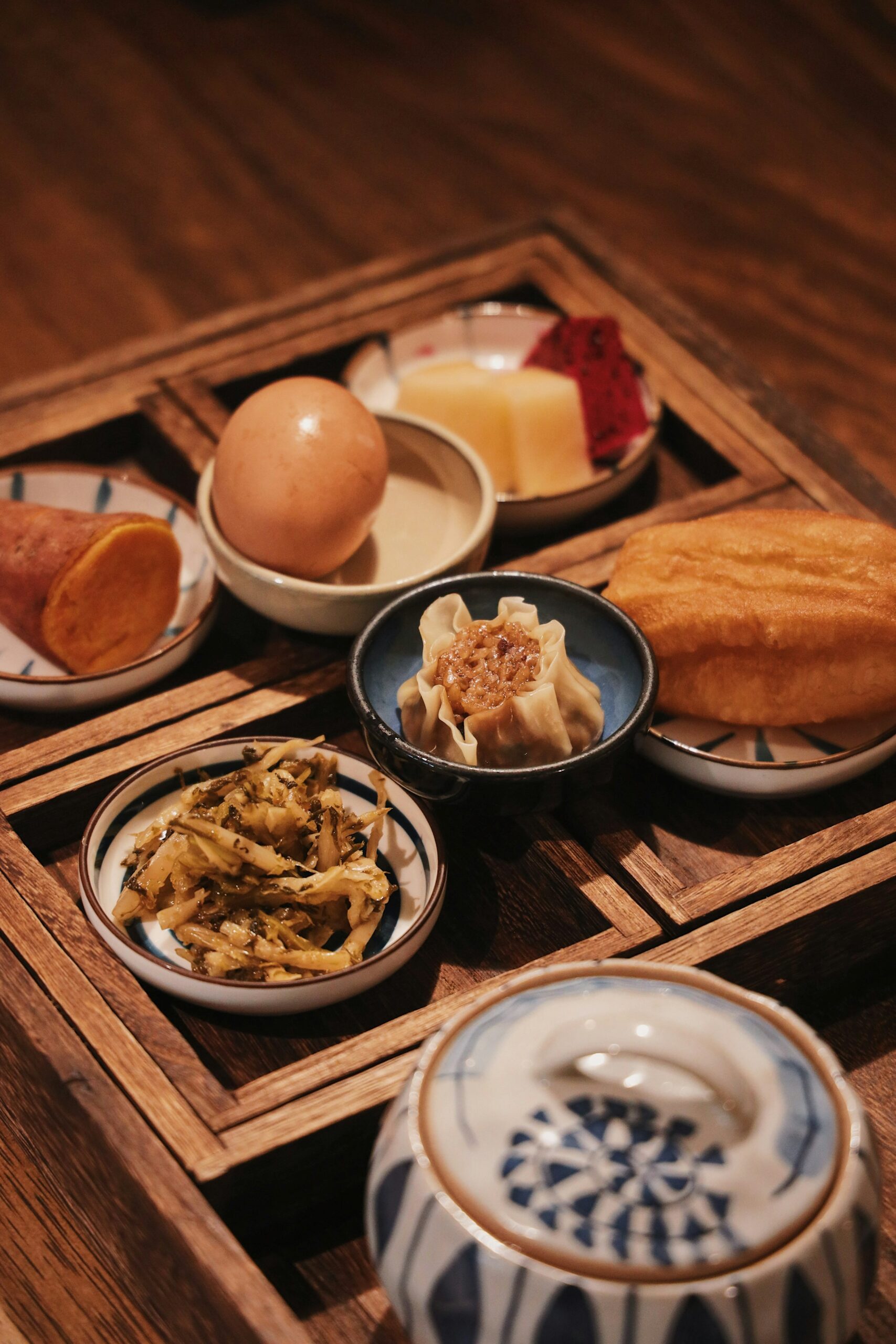Let’s get one thing straight: saying you’re going out for “Chinese food” is like saying you’re going to listen to “instrumental music.” Are we talking about a symphony orchestra or a lone ukulele player on a beach? The term is so broad it’s almost meaningless.
When I first moved to China, my understanding of the cuisine was tragically limited to sweet and sour pork and the mysterious contents of a fortune cookie (which, by the way, are not a thing here). Then, I traveled. I had my mouth set on fire in Chengdu, tasted the most delicate, soul-hugging soup dumplings in Shanghai, and devoured a platter of lamb that would make a Mongolian warlord weep with joy in Beijing.
That’s when it hit me: China isn’t one food nation. It’s a culinary United Nations, a vast continent of flavors where the menu changes more dramatically from one province to the next than it does between France and Germany.
While scholars will point you to the “Eight Great Cuisines” (八大菜系, Bādà Càixì), that can feel like cramming for a history exam. For the hungry traveler, it’s easier to think of China in four main culinary regions: North, West, East, and South.
The North (北): Salty, Hearty, and Full of Wheat
The Vibe: Imperial banquets and freezing winters.
Think Beijing and the surrounding regions. The climate is cold and dry, meaning rice doesn’t grow as well here. The undisputed king of the northern kitchen is wheat. We’re talking noodles, dumplings, steamed buns, and savory pancakes. The flavors are bold, salty, and savory, often featuring dark soy sauce, vinegar, and sesame paste. Lamb and beef are more common here than in the south.
-
The Unmissable Dish: Peking Duck (北京烤鸭 – Běijīng Kǎoyā)
This isn’t just a meal; it’s a ceremony. A master chef wheels out a glistening, mahogany-colored duck and carves it tableside with surgical precision. You take a paper-thin pancake, paint it with sweet bean sauce, add a few slivers of scallion and cucumber, and top it with a piece of that impossibly crispy skin and succulent meat. The first bite is a religious experience. -
Also on the table: Hand-pulled noodles (拉面 – Lāmiàn), hearty pork and cabbage dumplings (饺子 – Jiǎozi), and lamb hot pot.

The West (西): A Friendly Punch in the Face
The Vibe: Bold, fiery, and addictive.
Welcome to Sichuan province, the land of the giant panda and a culinary philosophy that can be summed up in two syllables: málà (麻辣). Má is the tingling, numbing sensation from the mighty Sichuan peppercorn. Là is the fiery heat of chili peppers. Together, they create a flavor profile that’s not just spicy—it’s a multi-dimensional sensation that dances on your tongue.
-
The Unmissable Dish: Mapo Tofu (麻婆豆腐 – Mápó Dòufu)
Don’t let the word “tofu” fool you into thinking this is health food. This is a bubbling, crimson cauldron of silky tofu, minced beef (or pork), and fermented broad bean paste, all swimming in a chili oil-laced sauce that delivers that signature málà kick. The name translates to “pockmarked old woman’s tofu,” and trust me, she knew what she was doing. -
Also on the table: Kung Pao Chicken (the real deal, not the syrupy takeout version), Dan Dan Noodles (担担面 – Dàndàn Miàn), and the king of social dining, Sichuan Hot Pot (火锅 – Huǒguō).
The East (东): Sweet, Delicate, and Refined
The Vibe: A wealthy merchant’s delicate feast.
The cuisine of Shanghai, Hangzhou, and the surrounding Jiangsu and Zhejiang provinces is the polar opposite of the West. This is the land of rivers, lakes, and coastline, so freshwater fish and seafood are stars. Flavors are subtle, often sweet, and cooking methods favor precision: braising, steaming, and “red-cooking” (slow-braising in soy sauce and sugar) are common.
-
The Unmissable Dish: Red-Braised Pork Belly (红烧肉 – Hóngshāo Ròu)
This was reportedly Chairman Mao’s favorite dish, and the man had good taste. Cubes of pork belly are slowly simmered in soy sauce, rice wine, and rock sugar until the fat becomes a gelatinous, melt-in-your-mouth layer of pure bliss. It’s rich, sticky, sweet, savory, and served over a bowl of steamed rice, it’s the ultimate comfort food. -
Also on the table: The world-famous Soup Dumplings (小笼包 – Xiǎolóngbāo), Drunken Chicken, and West Lake Fish in Vinegar Gravy.
The South (南): Fresh, Natural, and Masterfully Simple
The Vibe: A bustling morning market in Hong Kong.
This is the home of Cantonese cuisine from Guangdong province. If you’ve ever had dim sum, you’ve tasted the South. The philosophy here is all about freshness and highlighting the natural flavor of the ingredient. Steaming and stir-frying are the preferred methods. Sauces are light and complementary, not overpowering. They say a true Cantonese chef can be judged by how well he steams a simple piece of fish.
-
The Unmissable Experience: Dim Sum (点心 – Diǎnxīn)
Literally meaning “to touch the heart,” dim sum is a weekend brunch battle of delicious proportions. Trolleys loaded with bamboo steamers weave through a noisy, packed restaurant. You point at what you want: delicate shrimp dumplings (Har Gow), fluffy BBQ pork buns (Char Siu Bao), savory turnip cakes (Lo Bak Go)… the list is endless. It’s a social, chaotic, and utterly delicious affair. -
Also on the table: Roast Goose with its shatteringly crisp skin, Wonton Noodle Soup, and any kind of steamed seafood.
So, the next time someone suggests “Chinese food,” ask them: “Which China are we talking about?” Because exploring its culinary map is one of the greatest adventures you can have. Just be sure to pack your appetite. Bon appétit, or as we say here, 慢慢吃 (màn man chī) – eat slowly!
